Toyota Corona: The Car That Became the Vanguard of Japan Inc.
Images: Sanket Patel
“The first Toyota I ever saw in my life was a Corona sometime in the late 1960s, and I fell in love with this very modern and handsome car,” explains Chennai-based collector Ranjit Pratap. “During those years, many of the film stars in India had a Corona. Over the years as I was building up my collection, I always wanted one of these Coronas.”
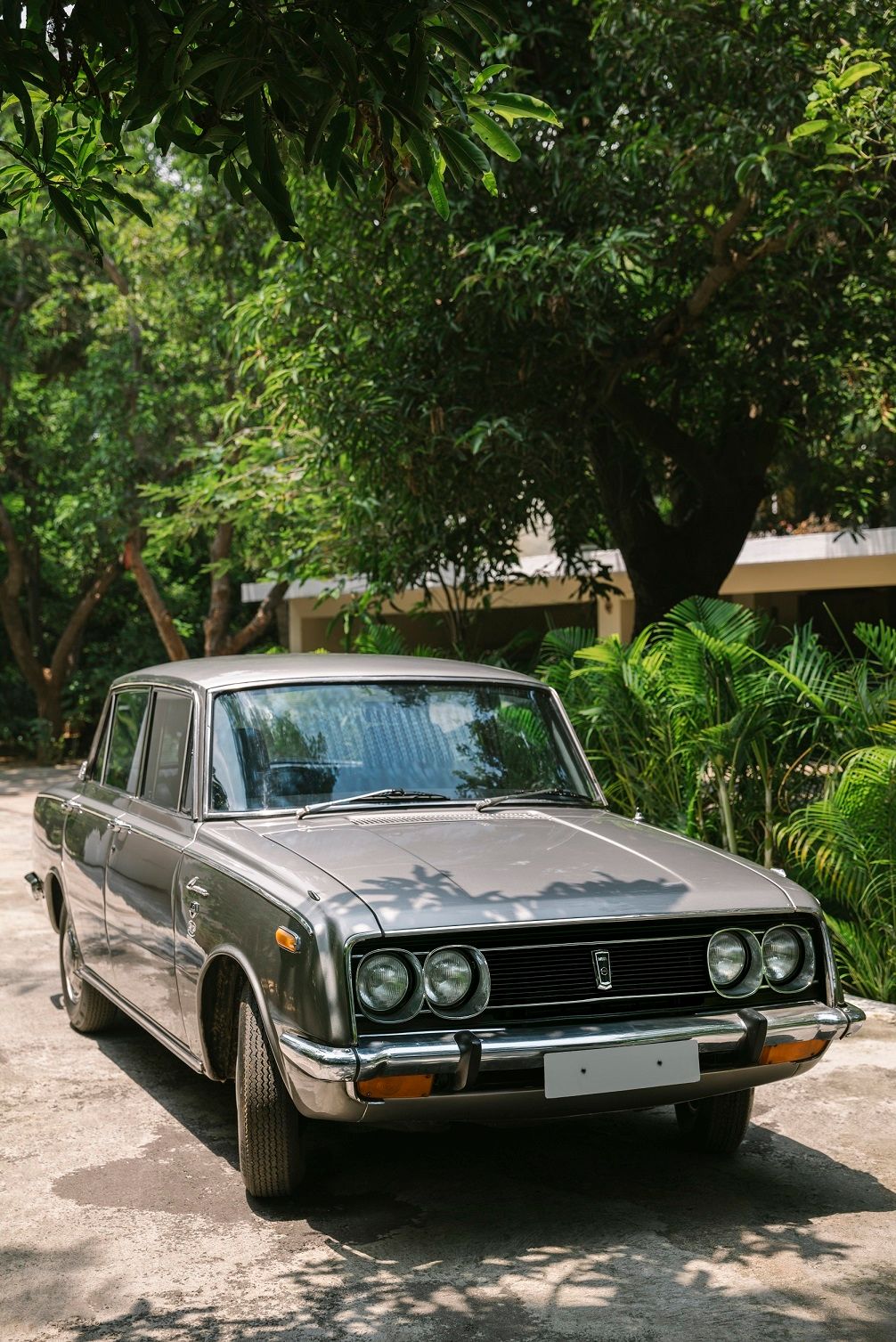
“In 2010, I was told that one very original car was available in Chikmagalur,” recounted Pratap. “The owner had had the car for many years, but he could not start it. I went with my mechanic, struck the deal, and my mechanic had the car started in no time and we drove the car back all the way to Chennai without any problems, confirming the sheer reliability of Toyotas.”
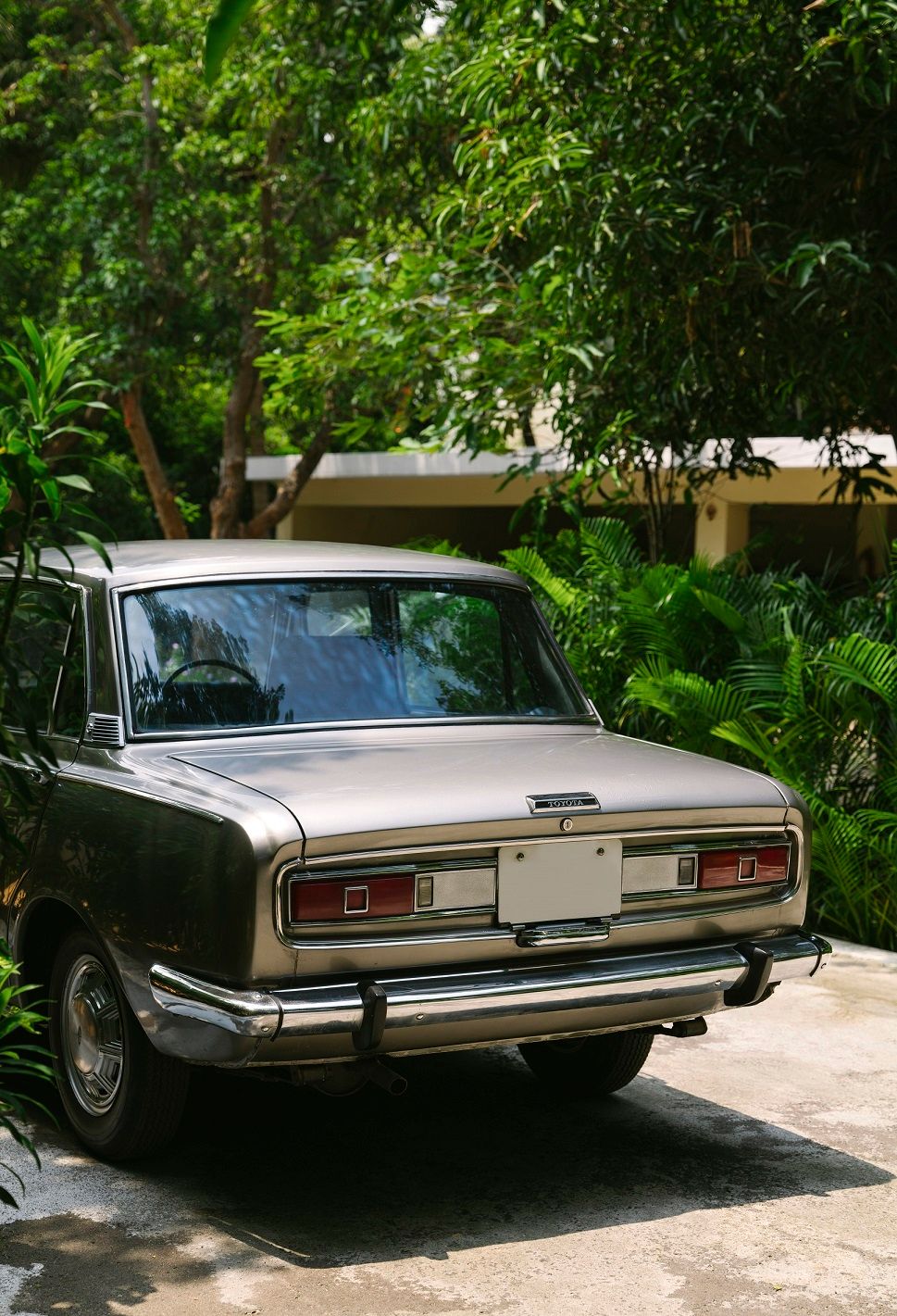
Long before Toyota built up its enviable reputation for reliability, one must remember that even though it was an early starter in the car manufacturing activity (1937), the very first automobiles made in Japan date back to before the First World War, manufactured with European collaborations.
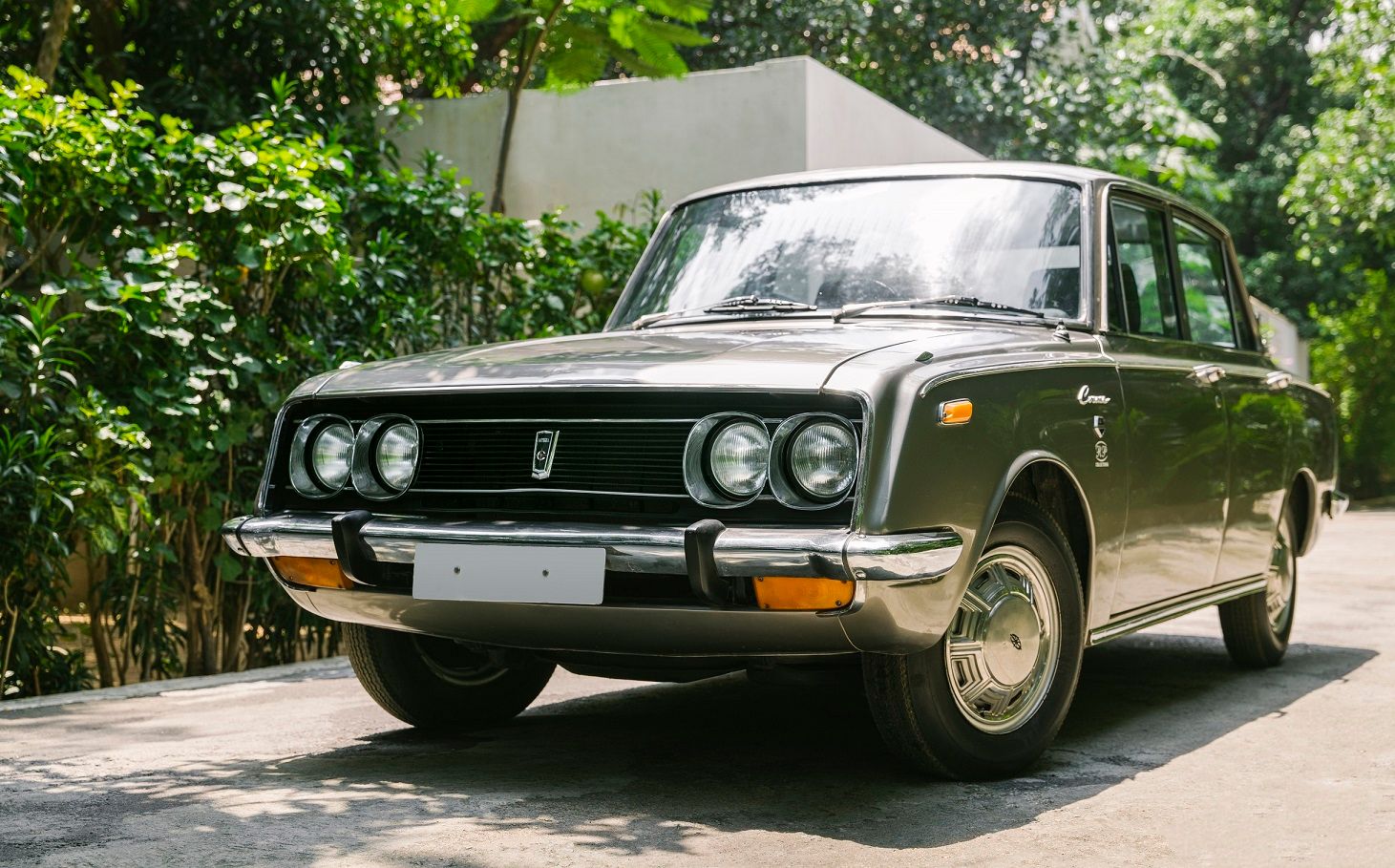
The most notable of them was the Mitsubishi Model A from 1917, a car based on the Fiat Tipo 3. Isuzu began by collaborating with Wolseley Motors (starting 1918), Nissan’s first cars were developed from the Austin 7 and the Graham-Paiges in the 1930s. Similarly, the first Toyota, the model AA, although home-grown in terms of engineering, it was a copy of the Chrysler Airflow. Powered by a 3.4-litre 6-cylinder, the Toyota AA found 1,404 buyers until 1943 when production ceased.

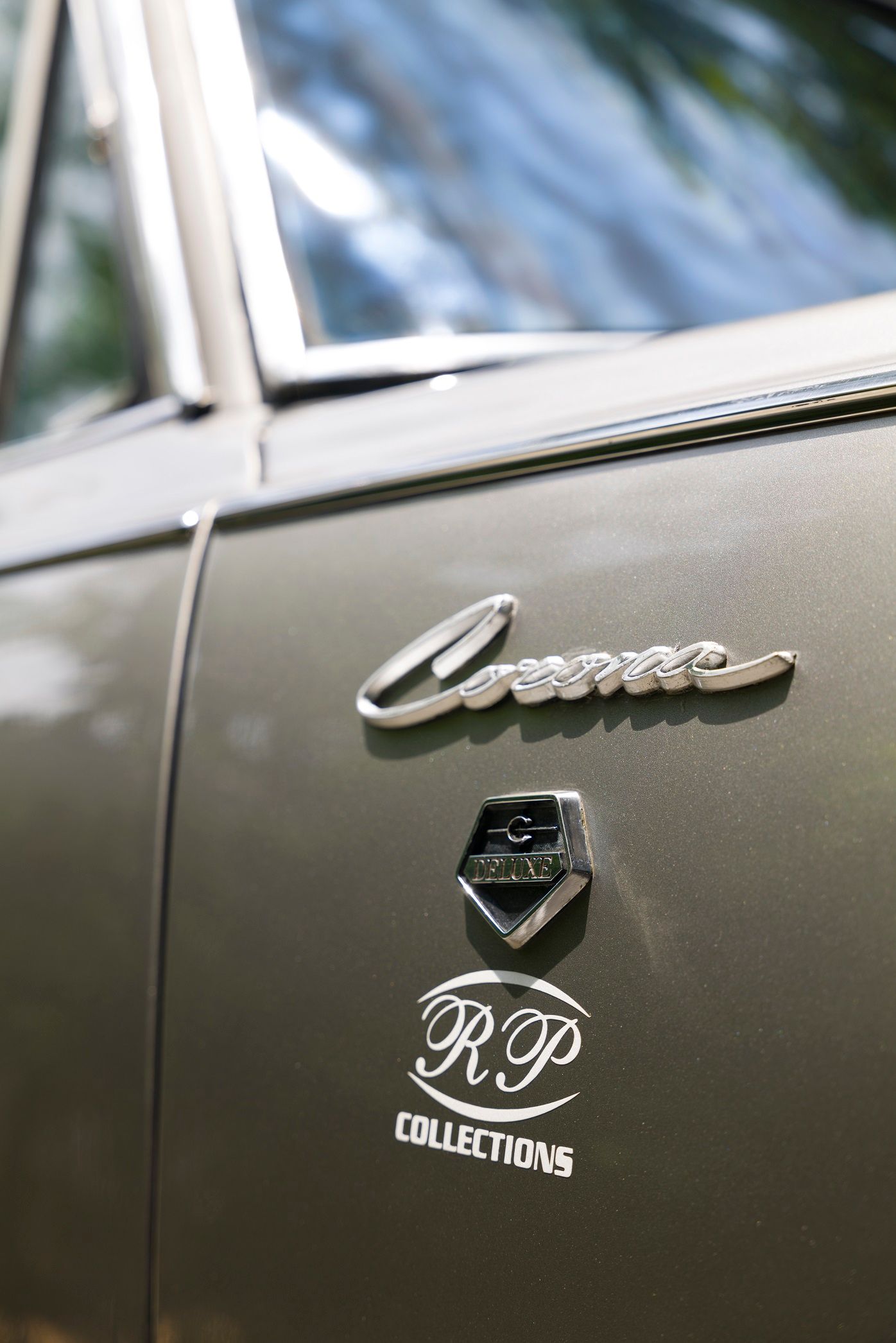
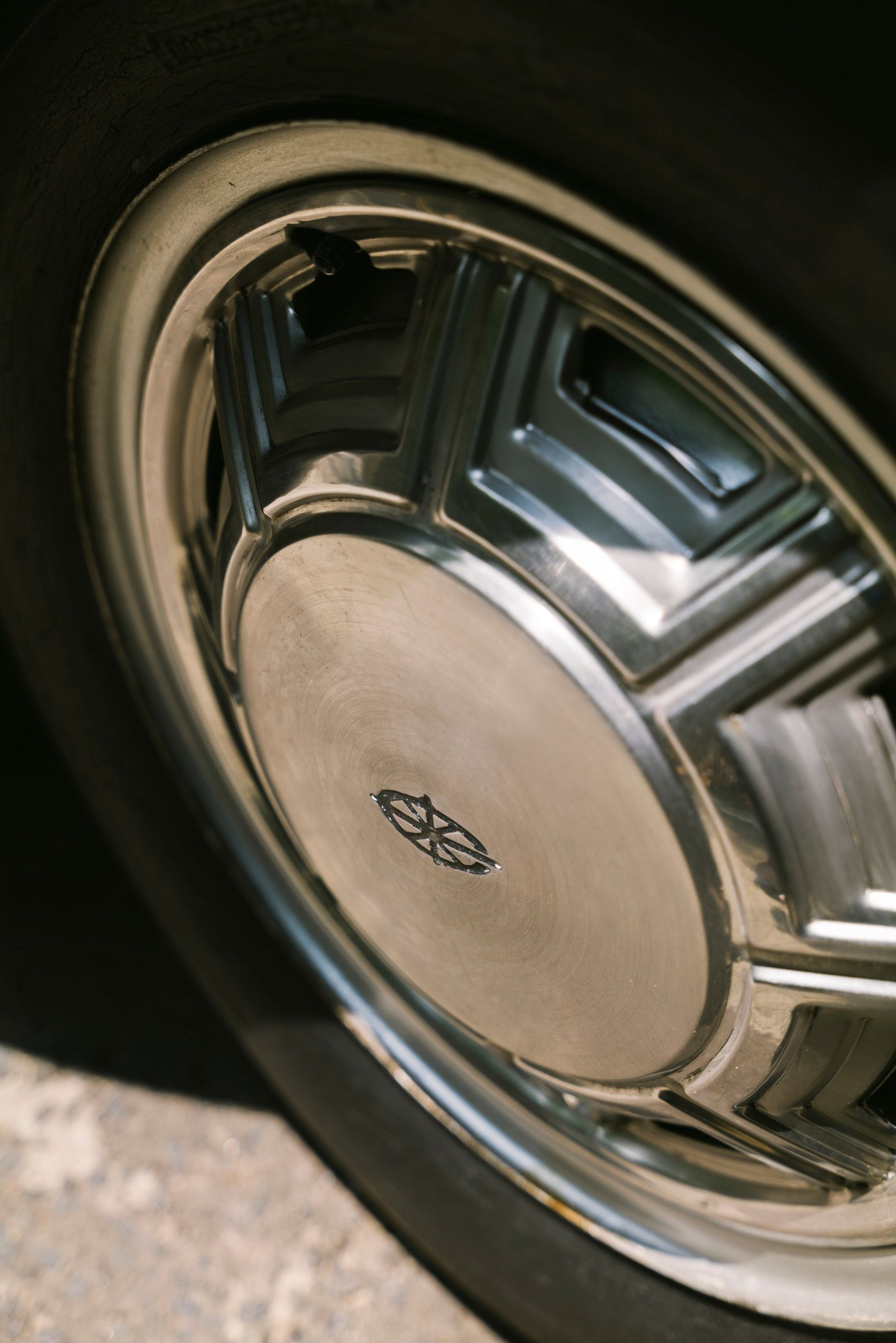
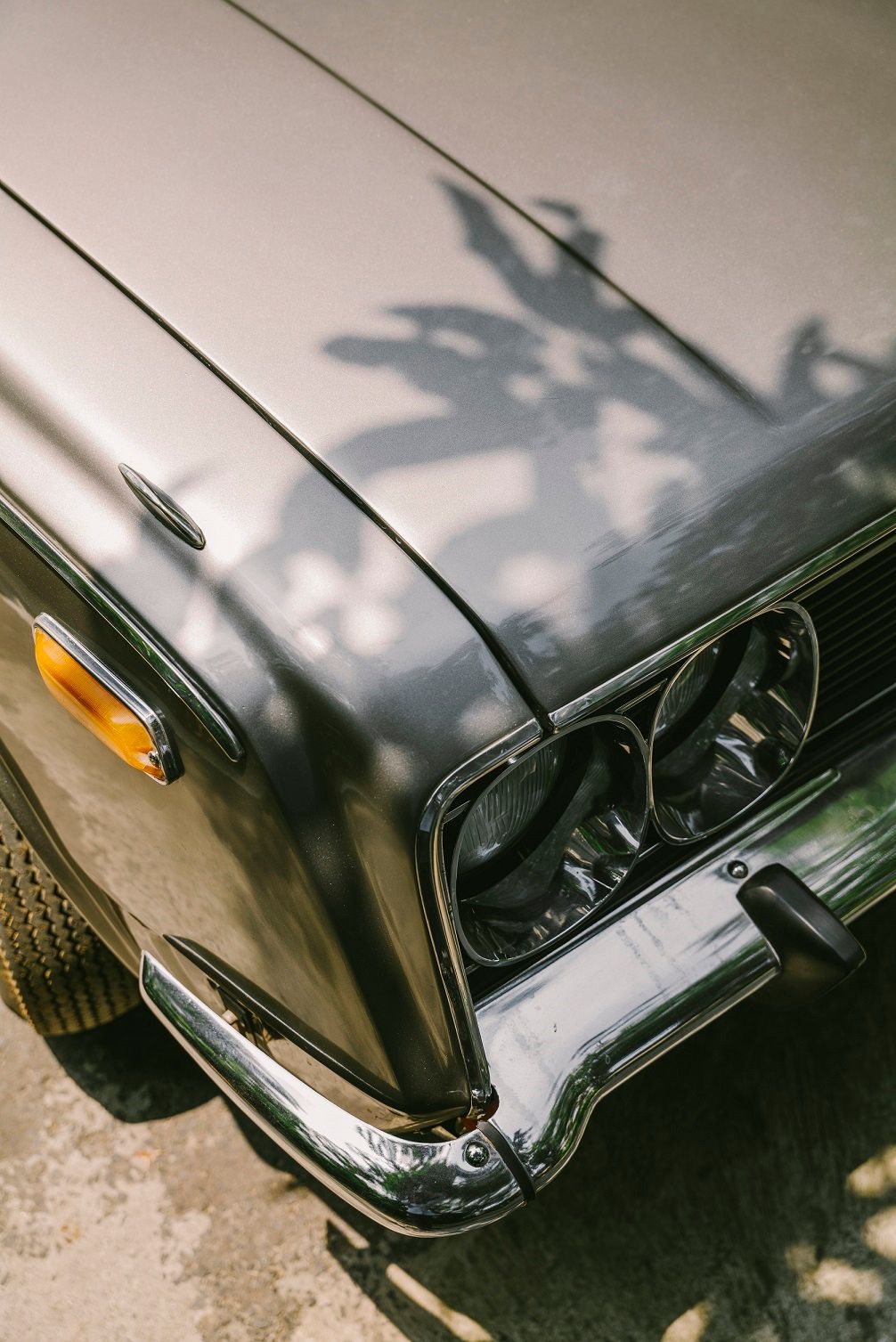
After the devastation of WWII when Toyota resumed production, they were allowed to make trucks. In 1952 Toyota began developing the car that would be sold as the Toyopet Crown in 1956. Two years later they launched the Crown in the US… where it bombed, as it was seen as overpriced and underpowered.
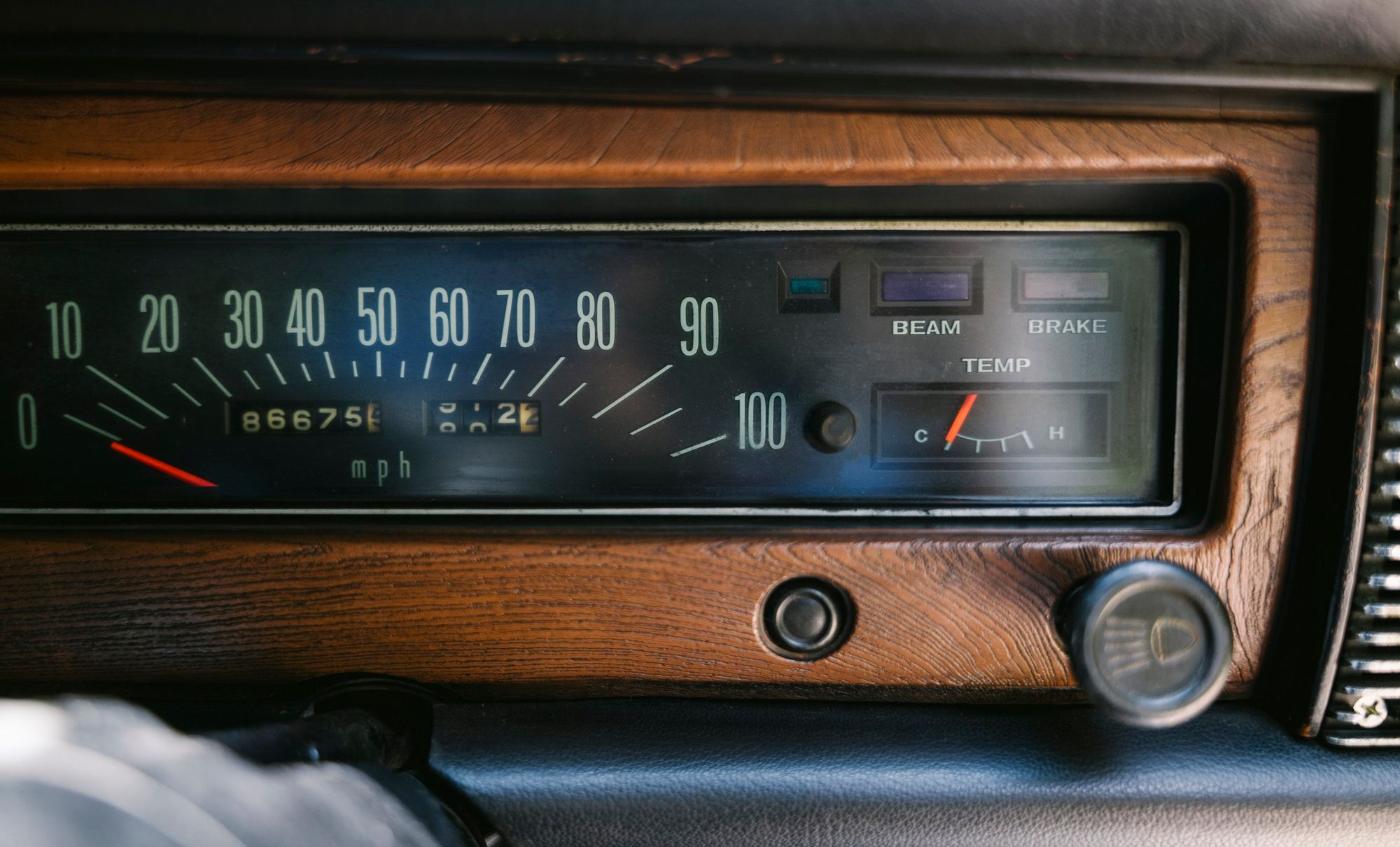
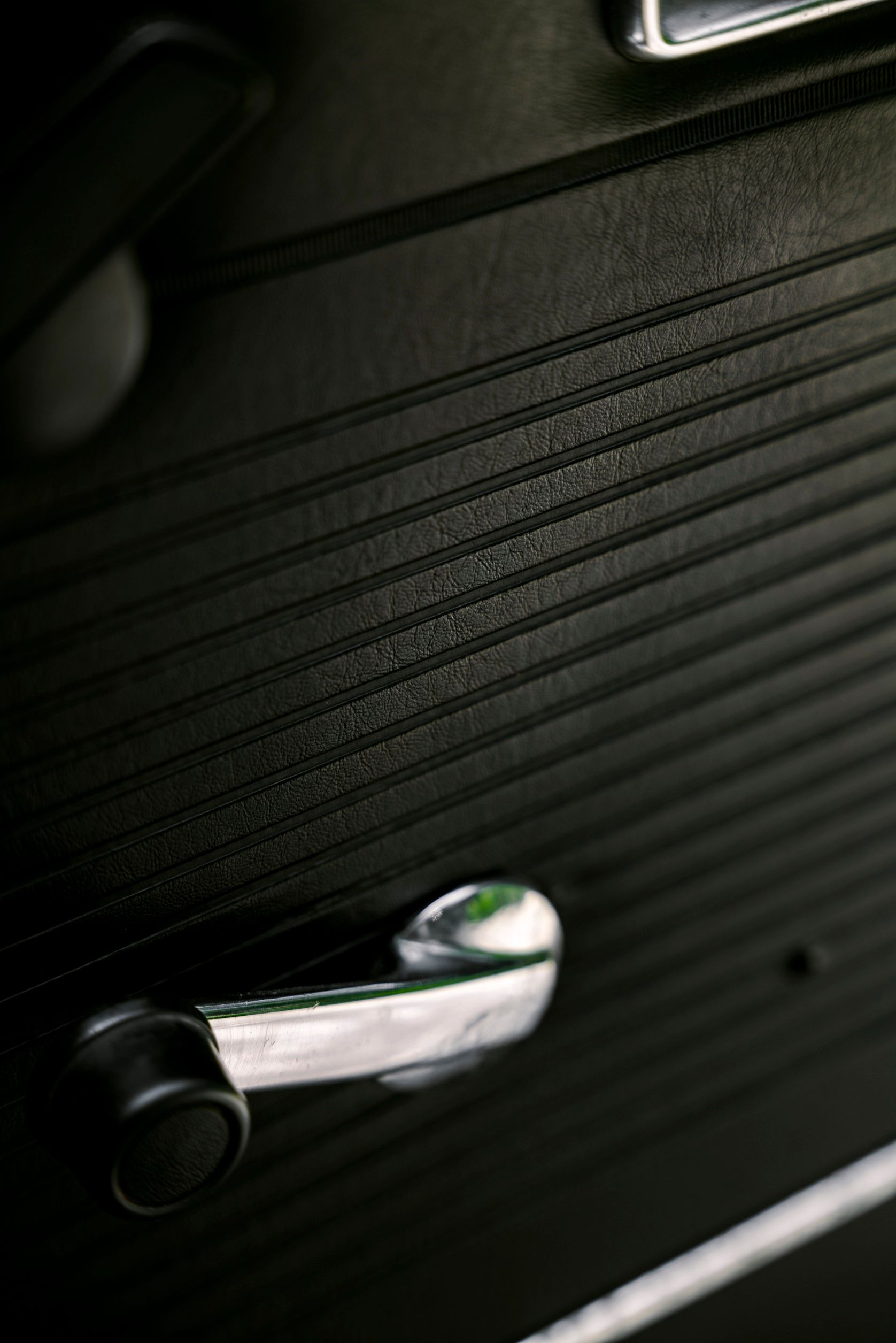
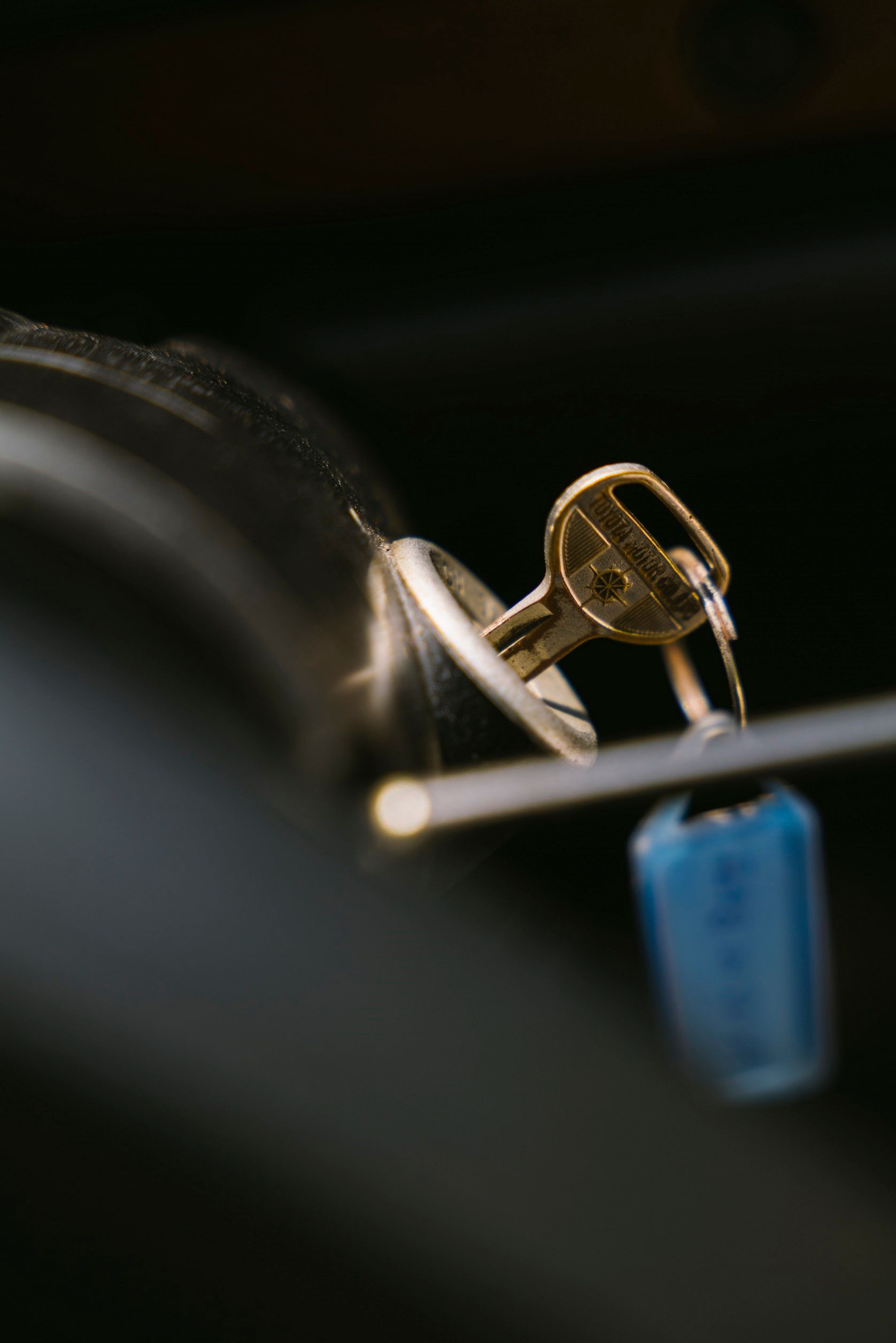

In the meantime, in July 1957, Toyota unveiled their second model, the Corona, which was positioned at a segment below the Crown. The first-generation Corona, the ST10, was a rear-wheel-drive, four-door, four-seater, featuring a more advanced monocoque body, unlike the body-on-frame Crown. Powered by a 33bhp 1-litre engine, the Corona was good for a top speed of 90 km/h.
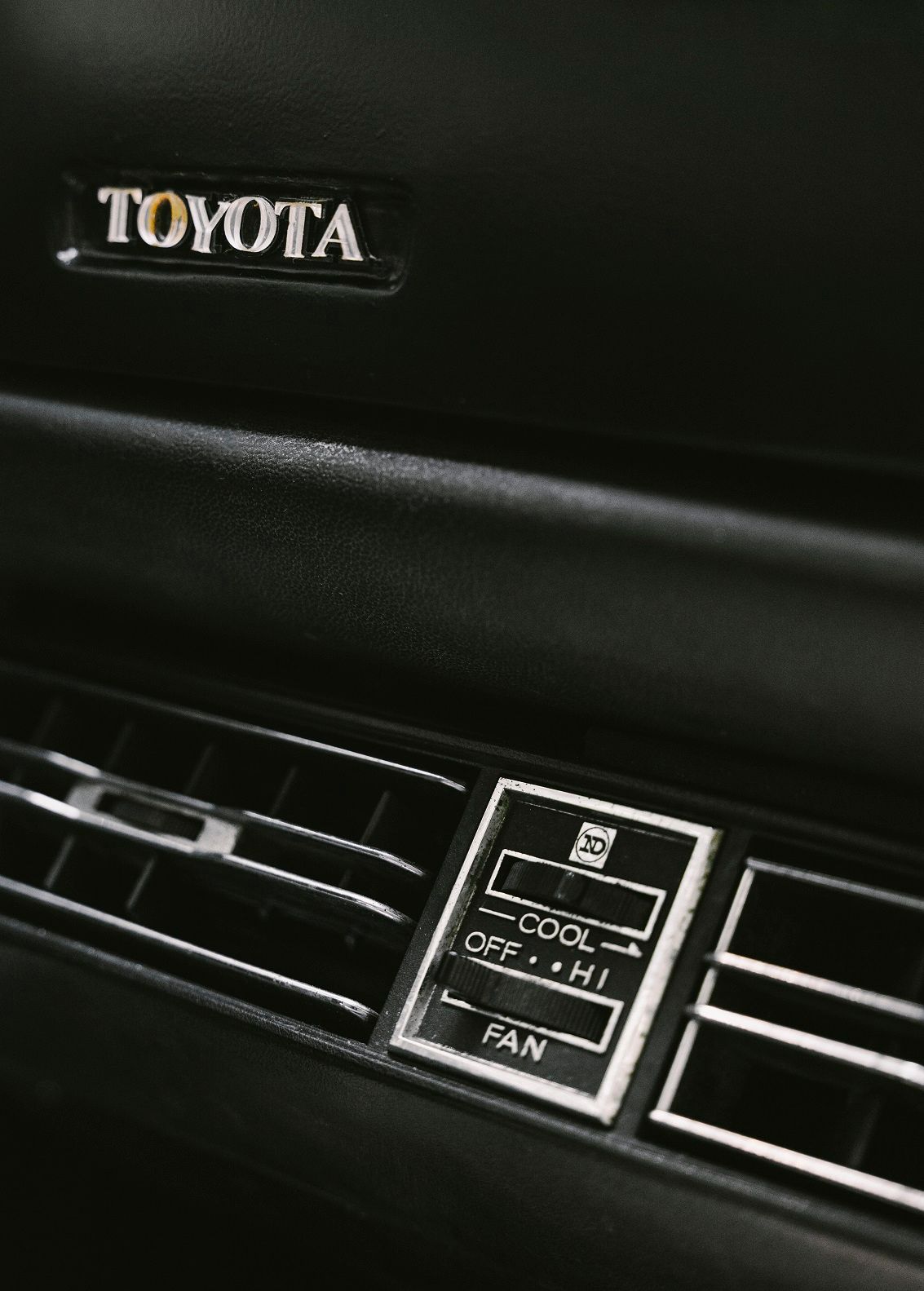
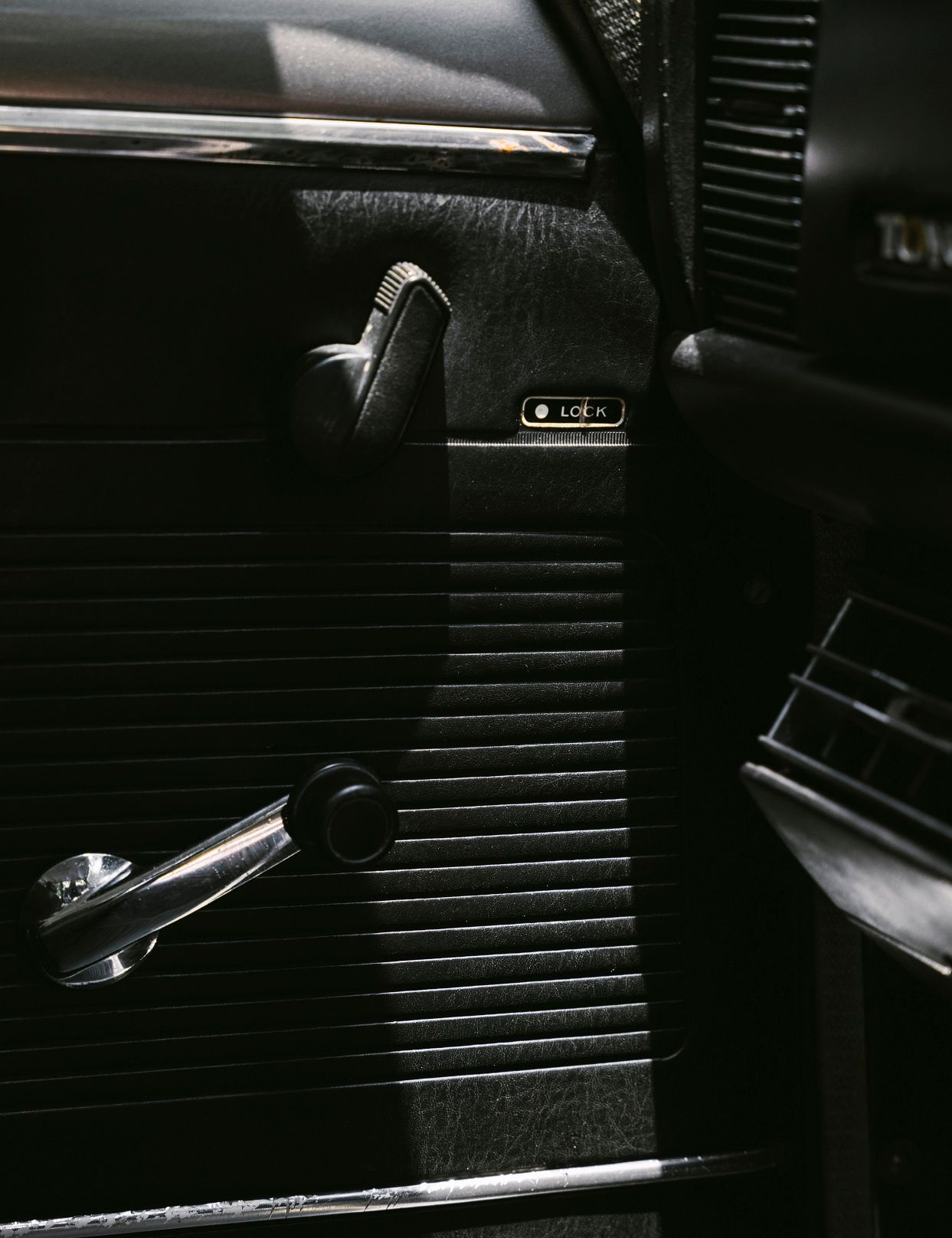
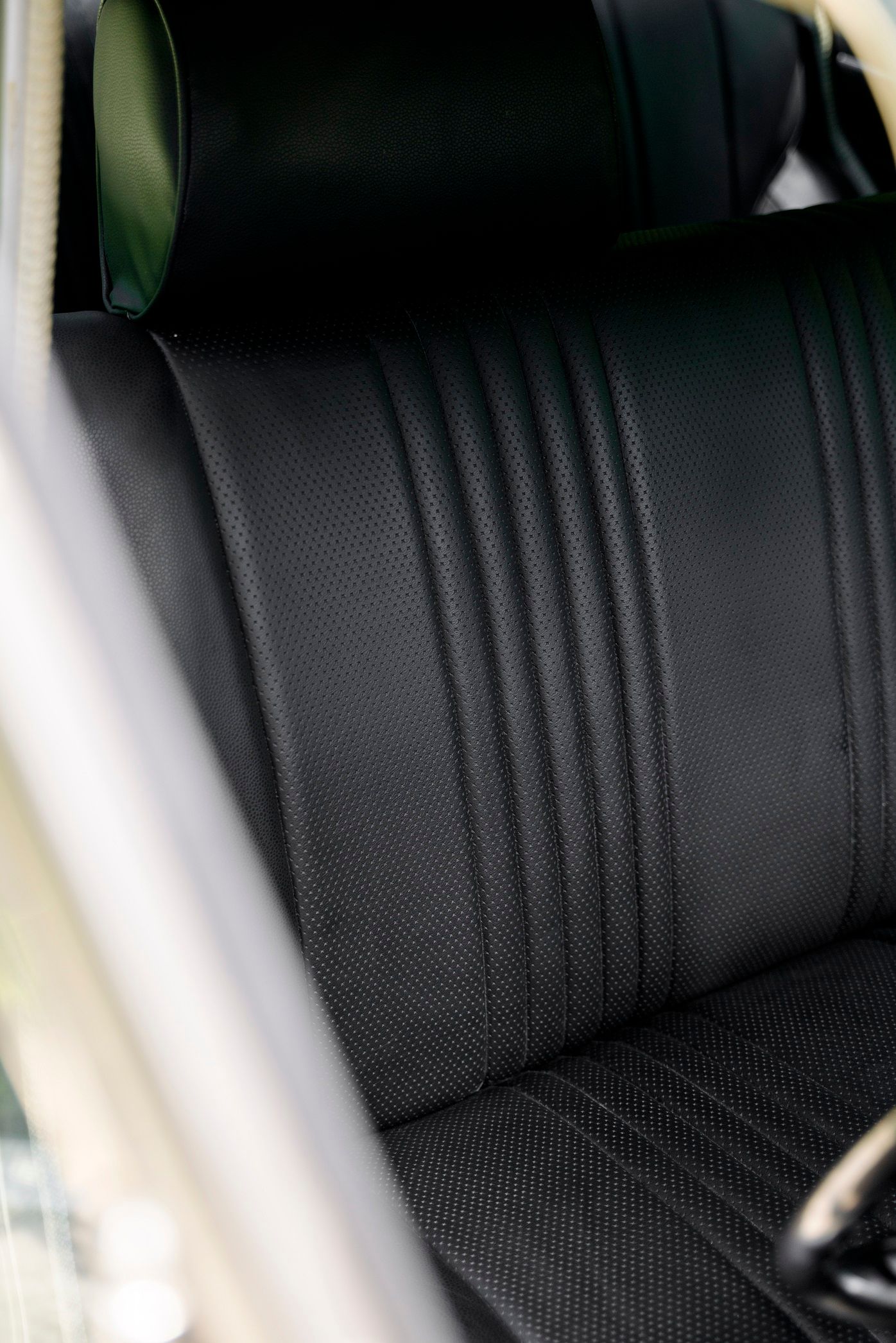
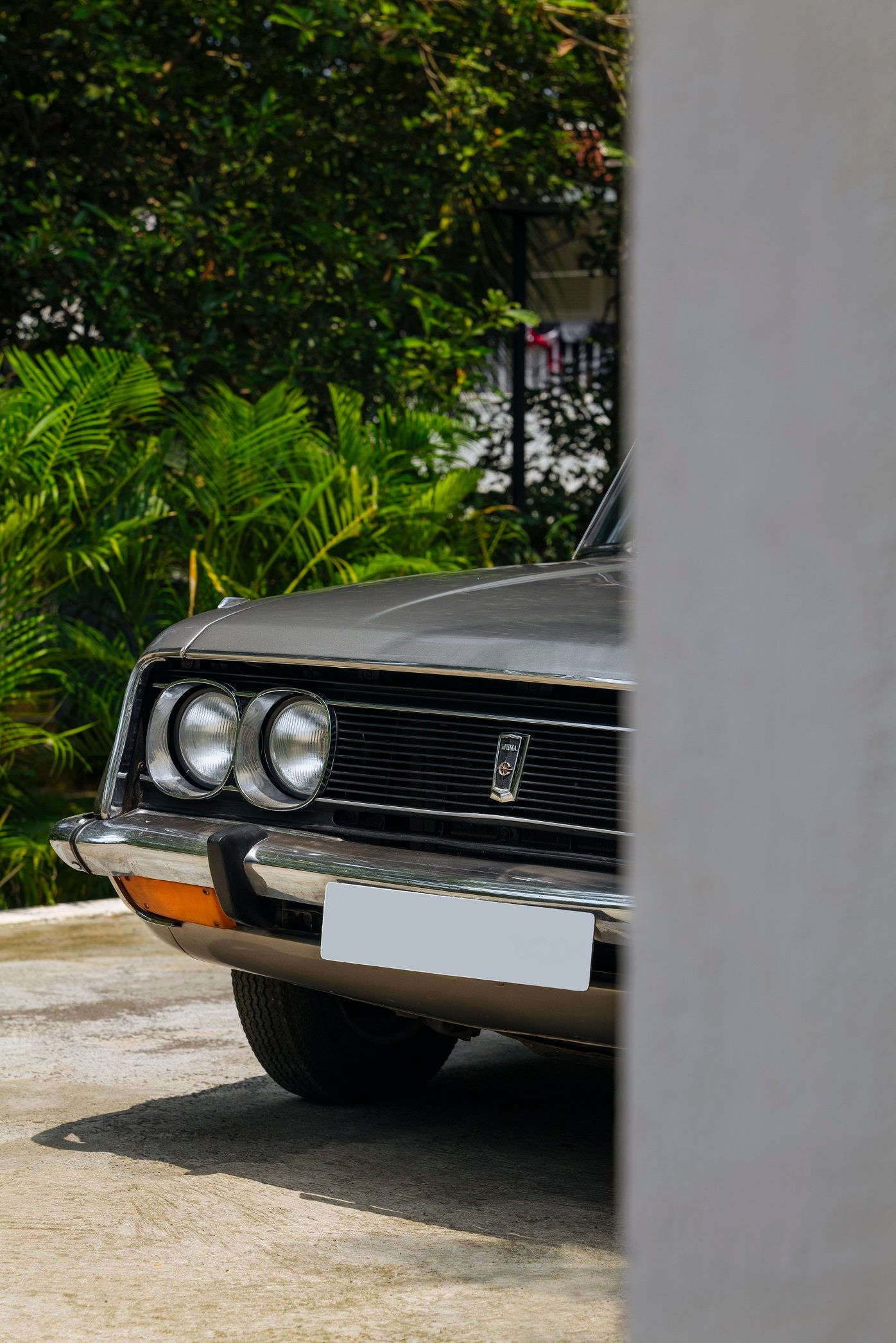
In 1960, Toyota came up with the second-generation Corona, which was, no doubt, inspired by the styling of the 1957 Opel Rekord. Longer, wider, and lower than the first gen Corona, the PT20 as it was codenamed, was almost elegant. Growing into a five-seater, it initially had the 45bhp version of the 1-litre from the earlier gen, which was then replaced by the 62bhp 1.5-litre inherited from the Crown, from 1961.
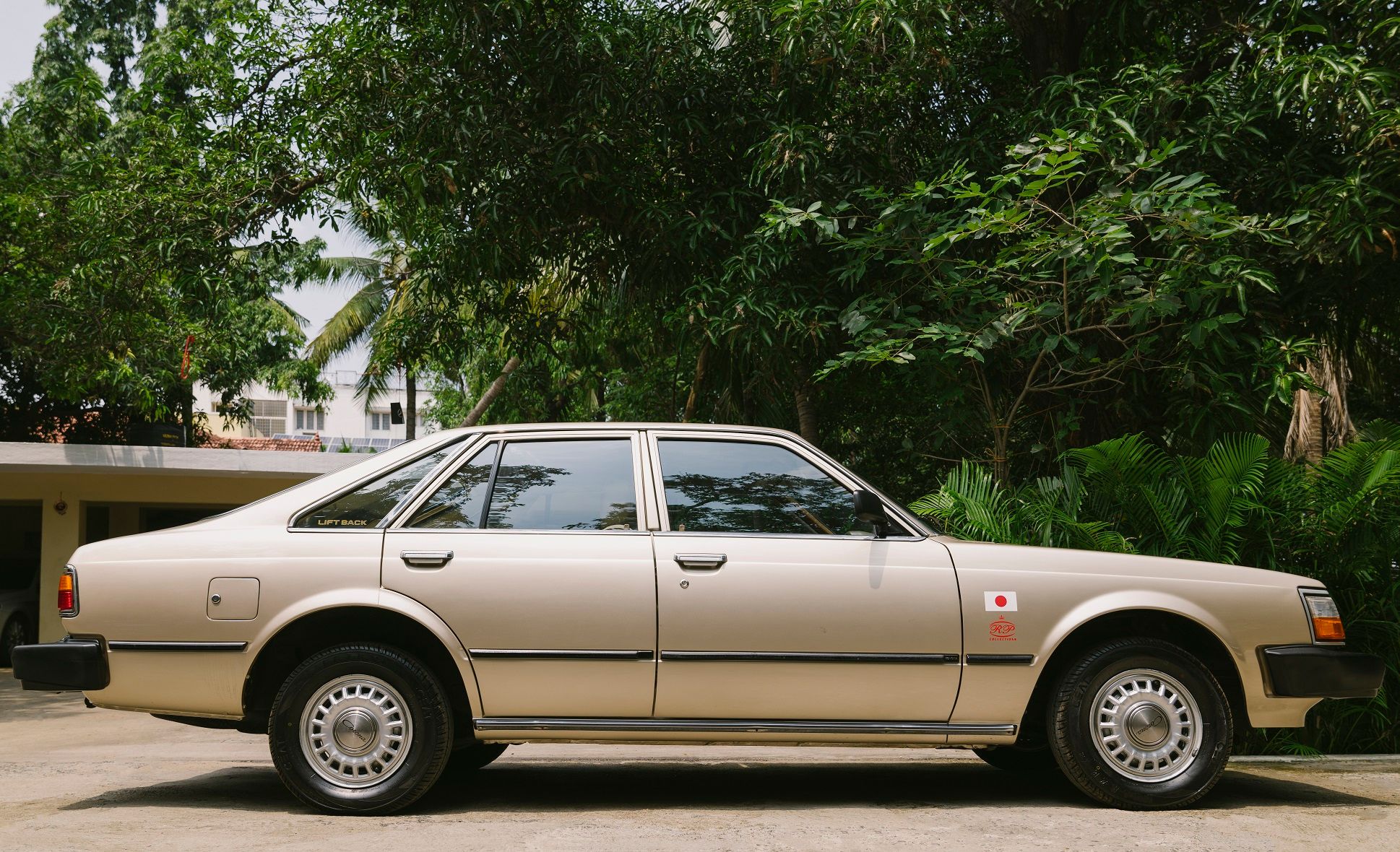
This Corona 1500 was mainly intended for export, where it was also badged the Tiara in certain markets. Toyota tried the US market once again with the second gen Corona, but without much success. Toyota also developed a pick-up version of the Corona.
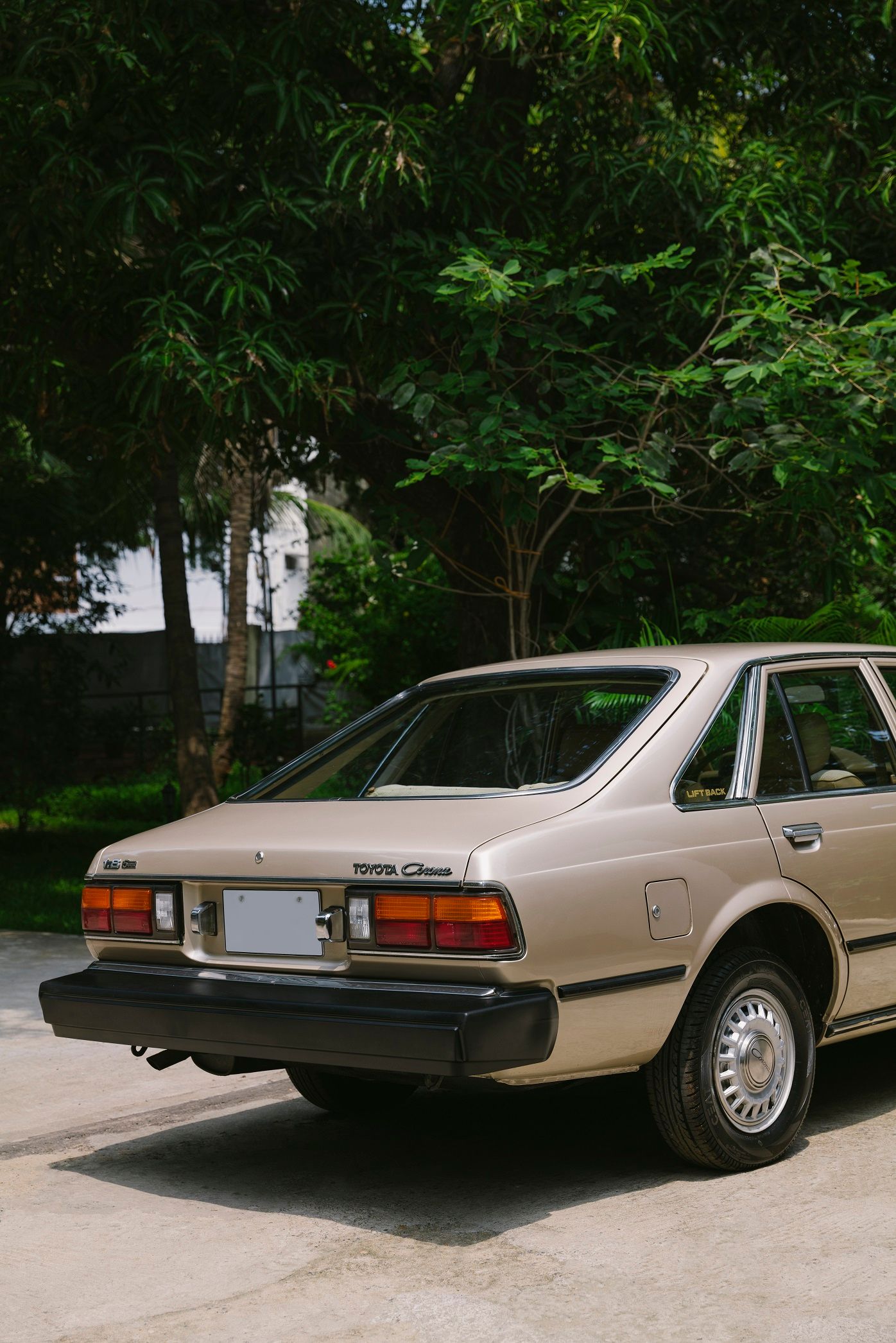
The third generation Corona was launched in September 1964. It was a comprehensively redesigned car, which was very modern and was modular in design, therefore easily providing the base for several variants. Although the starting point was the four-door saloon, the range soon expanded to a three- and five-door estate. In 1966, Toyota added the so-called ‘hardtop’ coupe, a pillarless design that had become popular in the US. And similar to the previous gen Corona, a pick-up was also on offer.
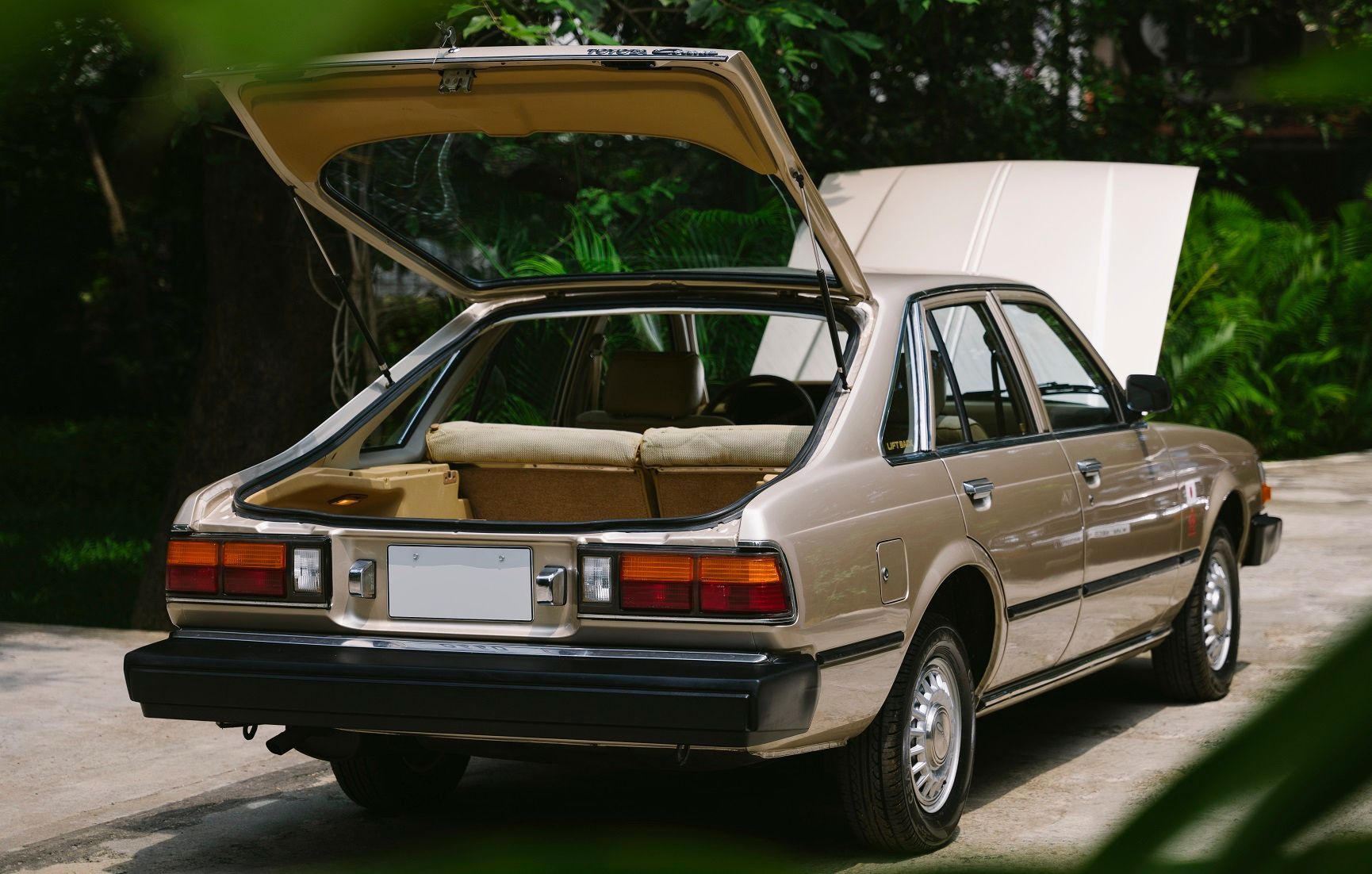
At launch, the Corona was powered by a 74bhp 1.5-liter, mated to either a three or a four-speed manual or automatic. In 1966, a 90bhp 1.6-liter unit with a four-speed gearbox was added to the range, to essentially power the saloon and the coupe. Additionally, a basic version with a 55bhp 1.2-liter mated to a three-speeder was on offer with the three-door estate. In 1967, this 1.2 became a 65bhp 1.35-litre option for the saloon. The same year, a 110bhp 1.6-litre, mated to a five-speed gearbox, powered the 1600GT.


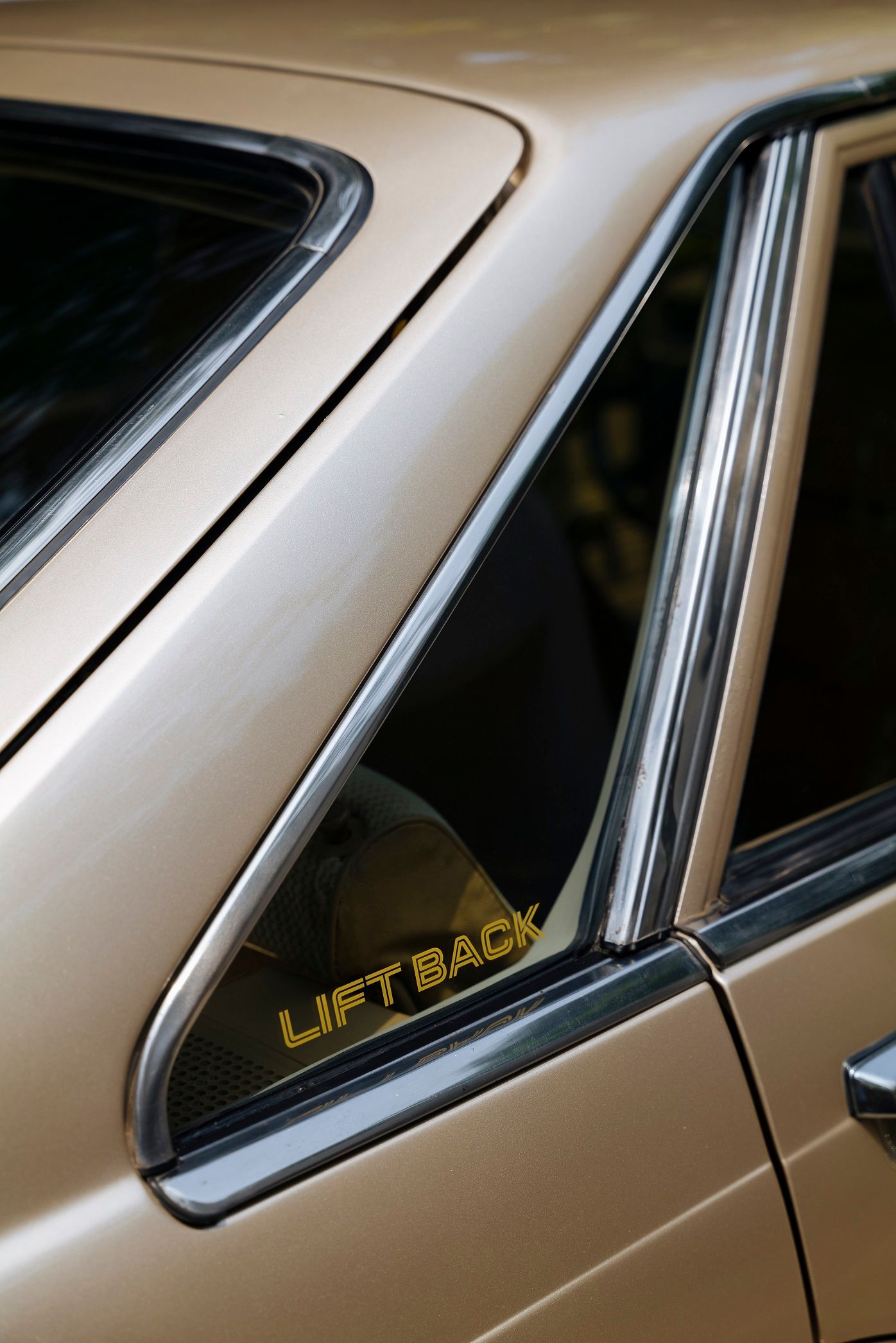
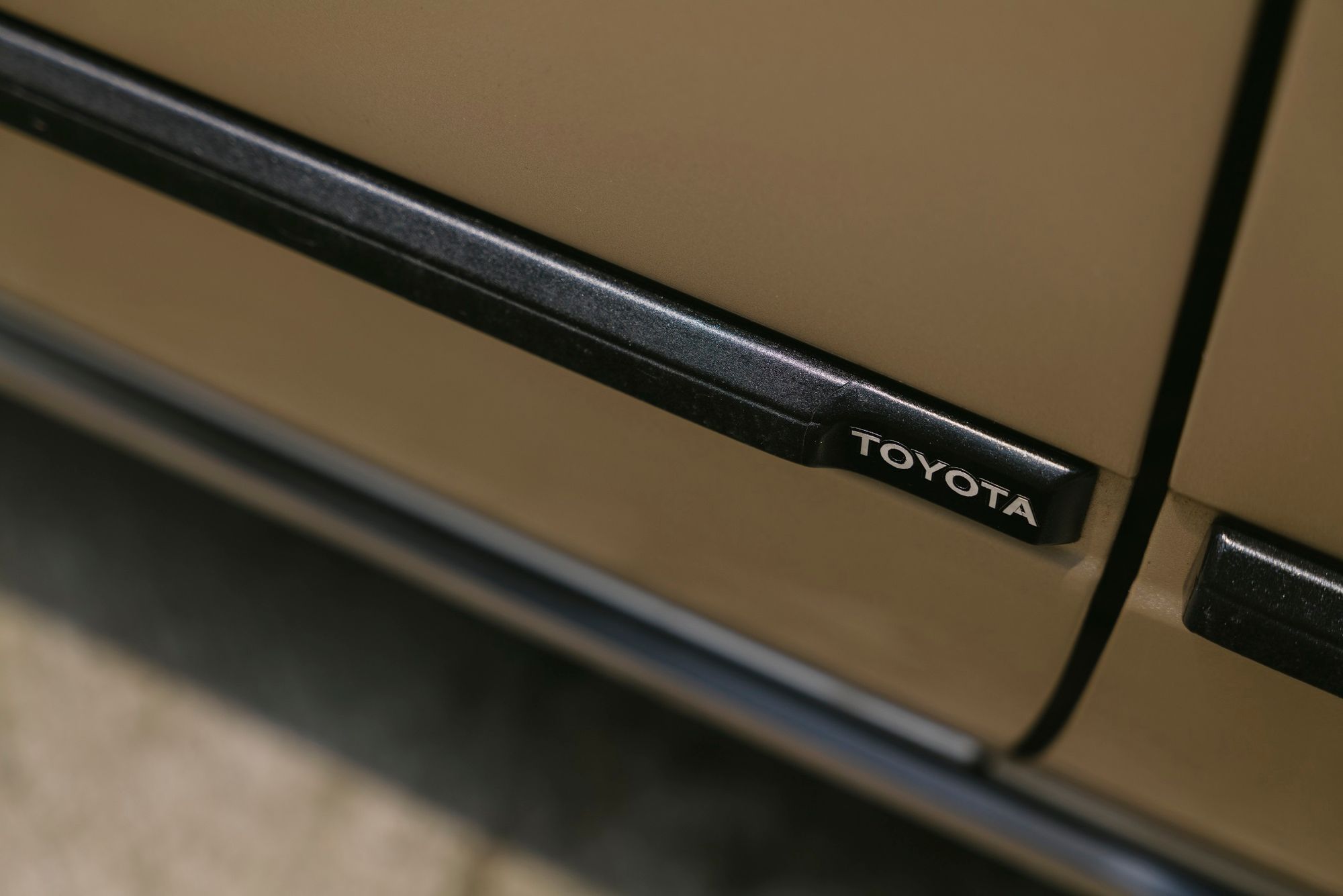
By 1968, the Corona was Toyota's best seller in Japan, with more than 166,000 finding buyers, compared to 160,000 for the cheaper Corolla, which had been launched in 1966, and 76,000 for the Crown. Its export sales increased from less than 10,000 in 1964 to just over 80,000 in 1967. It was then the most popular Japanese car in Europe, and other parts of the world.



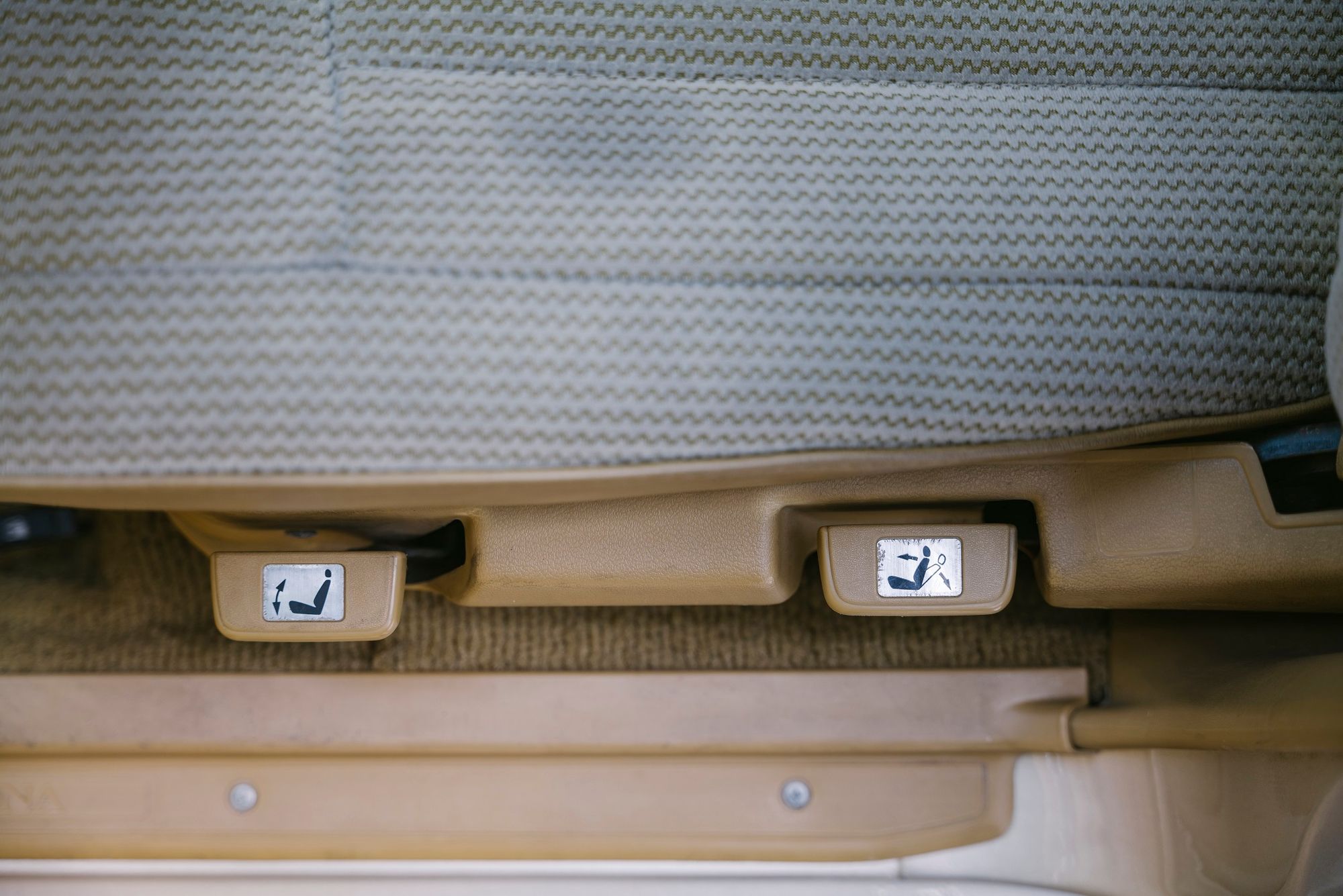
It was probably the first Toyota seen in some numbers in India too, mainly in the bigger metros, where the Japanese Embassy and consulates brought a few in, as did foreigners working in India, and Indians returning from longer stays abroad. The first Toyota I ever saw was a Corona in Calcutta in the late 1960s, just like Ranjit Pratap had in Chennai (Madras then).
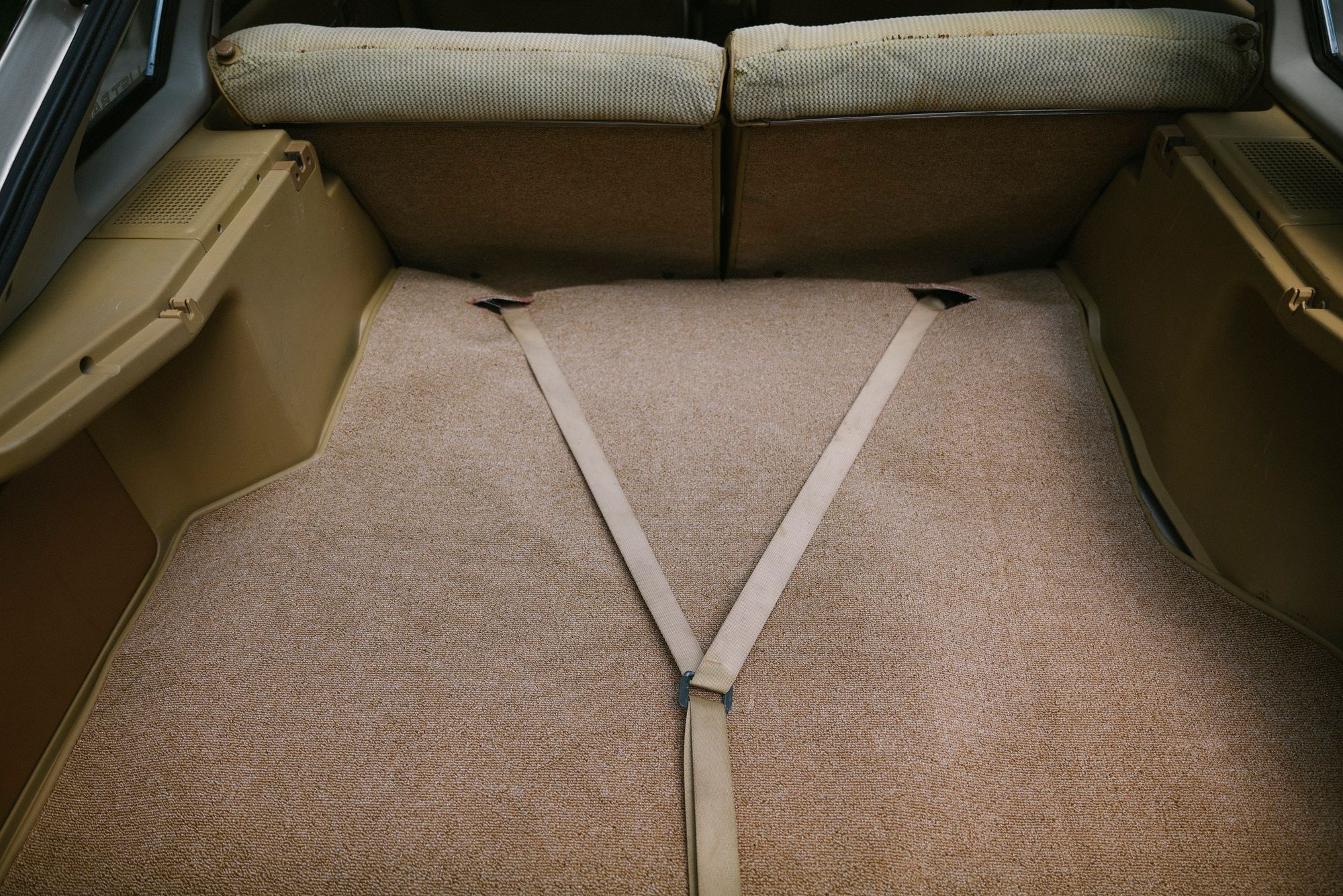

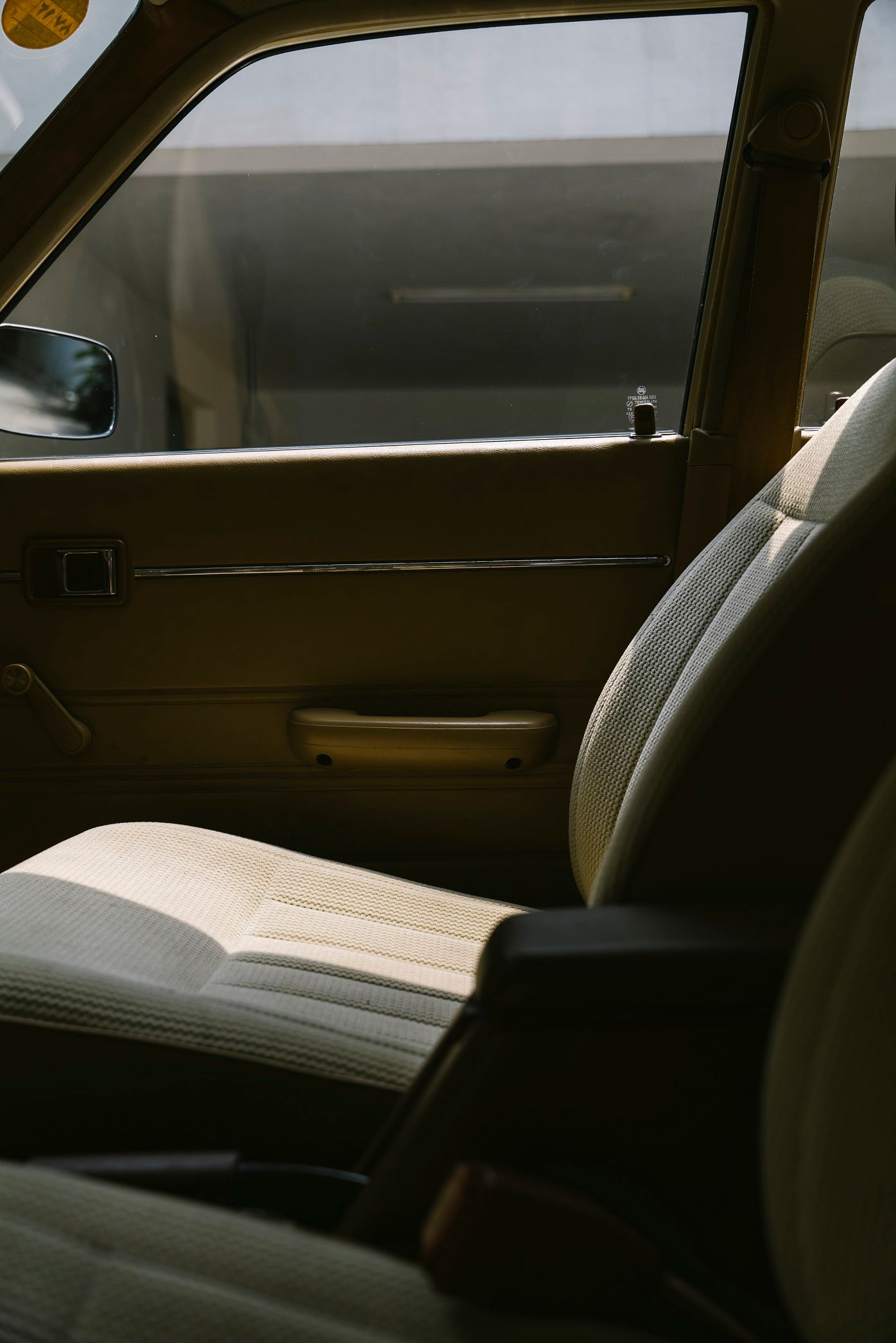
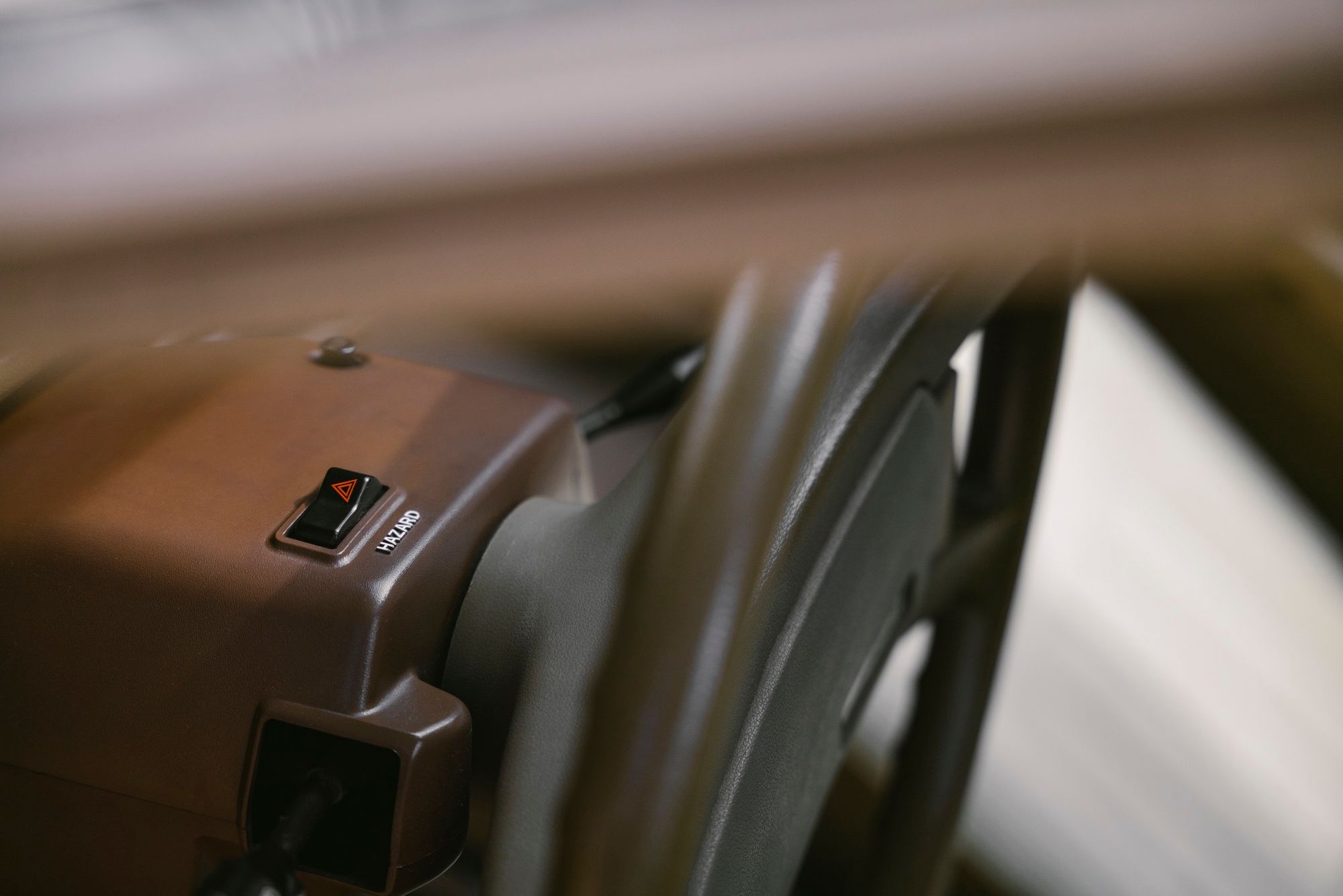
And as he mentioned, he had always hankered after one. And when he heard about this one, in Chikmagalur he did not lose any time heading there and picking it up. Once he had the car in Chennai, at his place, Pratap realized that there was considerable rust around the floor, the foot well and running board. Thus, he took the decision to give the car a comprehensive restoration.
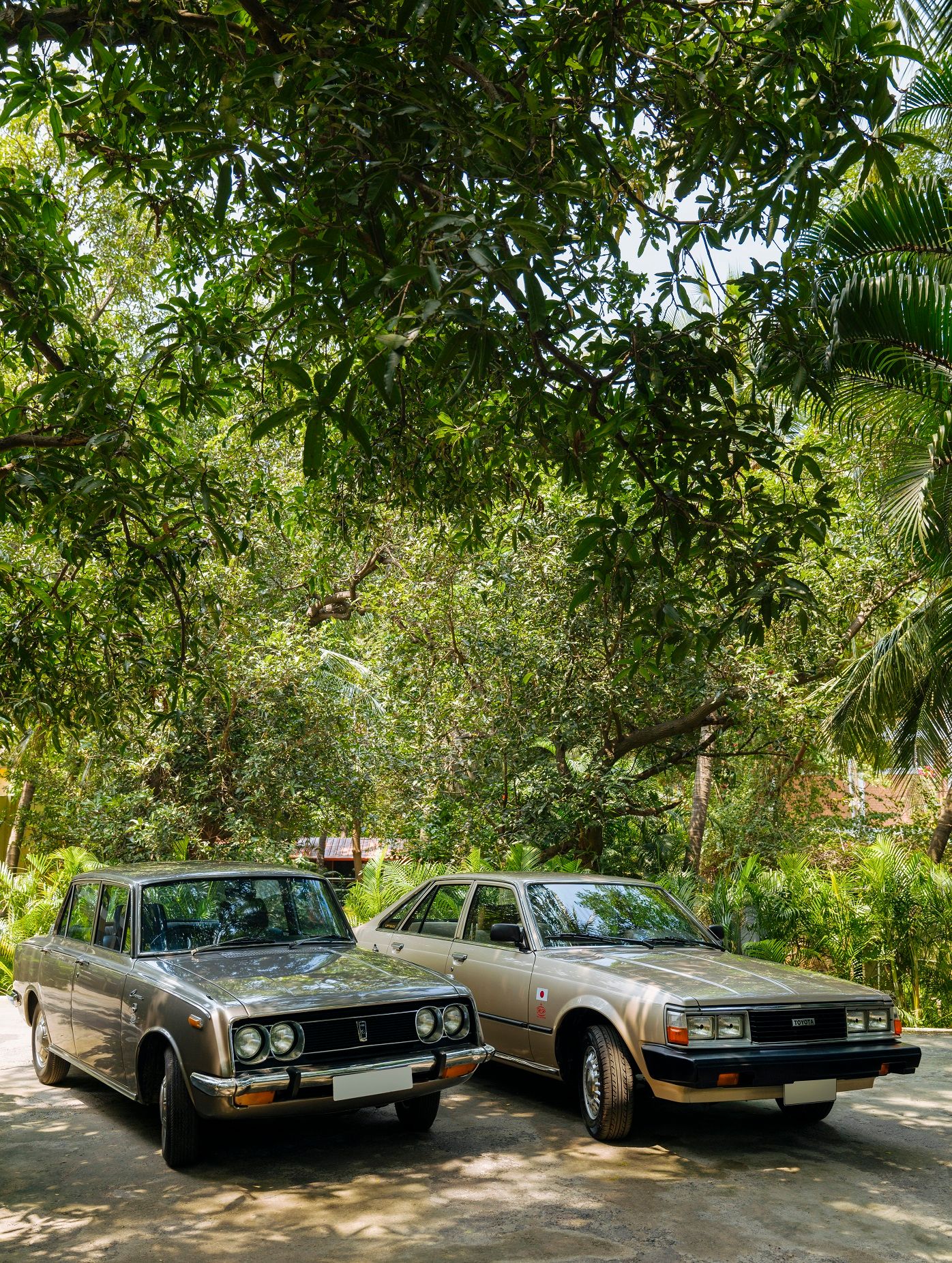
When restoring, Ranjit Pratap decided to repaint the car a similar grey to the original, but in a metallic shade. The upholstery and the rest are as per original specs, and as the car was very complete, very few new items had to be imported.
Featuring the 1.5-litre engine, Pratap’s Corona (a 1967 model car) is a wonderful testament to the car that changed the perception of Japan and Japanese products, which, until the 1960s was seen in a manner similar to how we see cheap Chinese goods today. The third generation Corona went on to represent not only Japan Inc. but also to be the vanguard of the Japanese automobile exports to the rest of the world, including India.
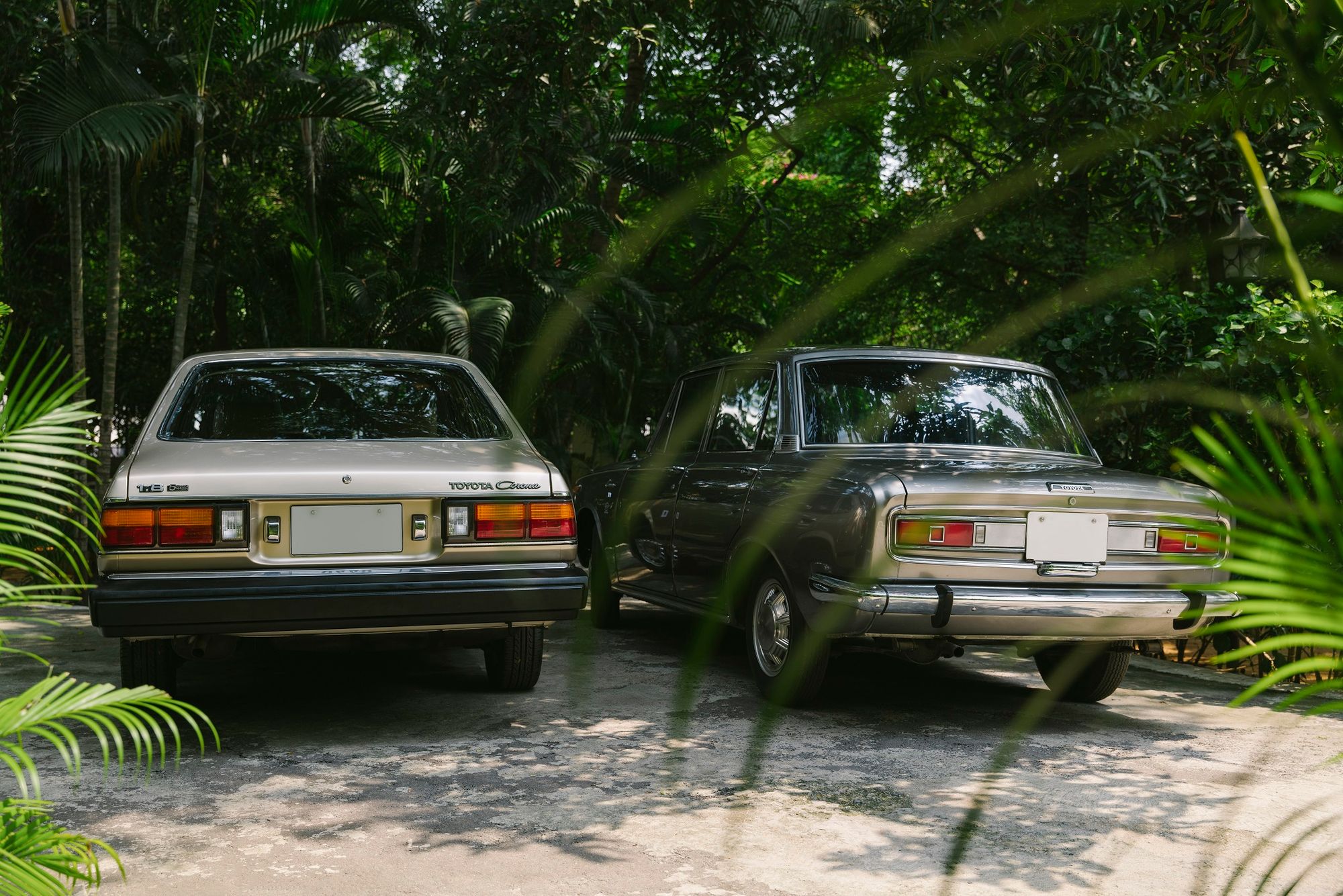
Given Ranjit Pratap’s enthusiasm for the Corona (which as a model name ceased to exist in 2001, as the cheaper and smaller Corolla became the volume leader for Toyota), he has a second one, from 1976, in the unusual five-door ‘liftback’ configuration (a hatchback in reality). This one Pratap picked up from Mumbai, where the car had been garaged for years.
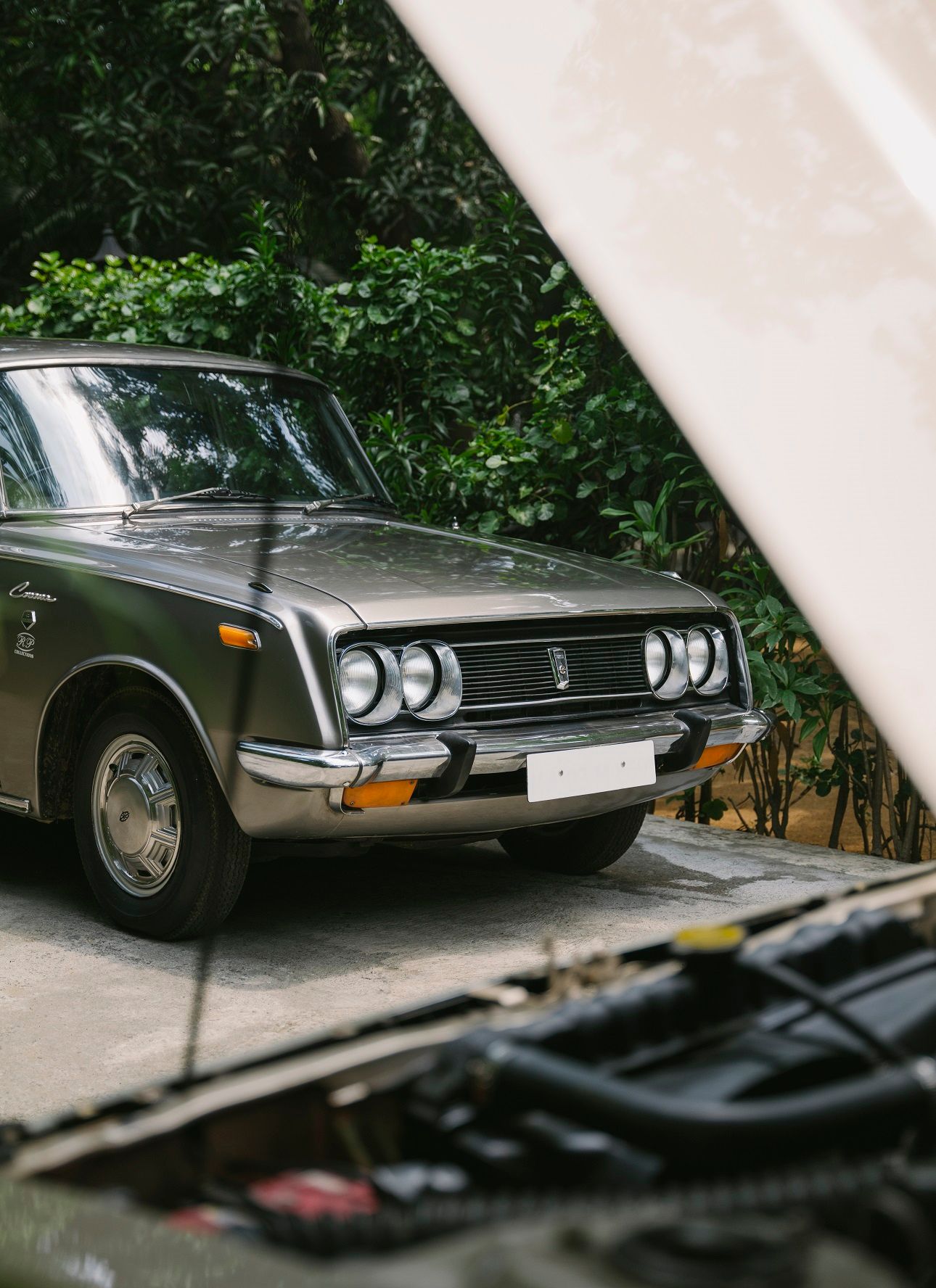
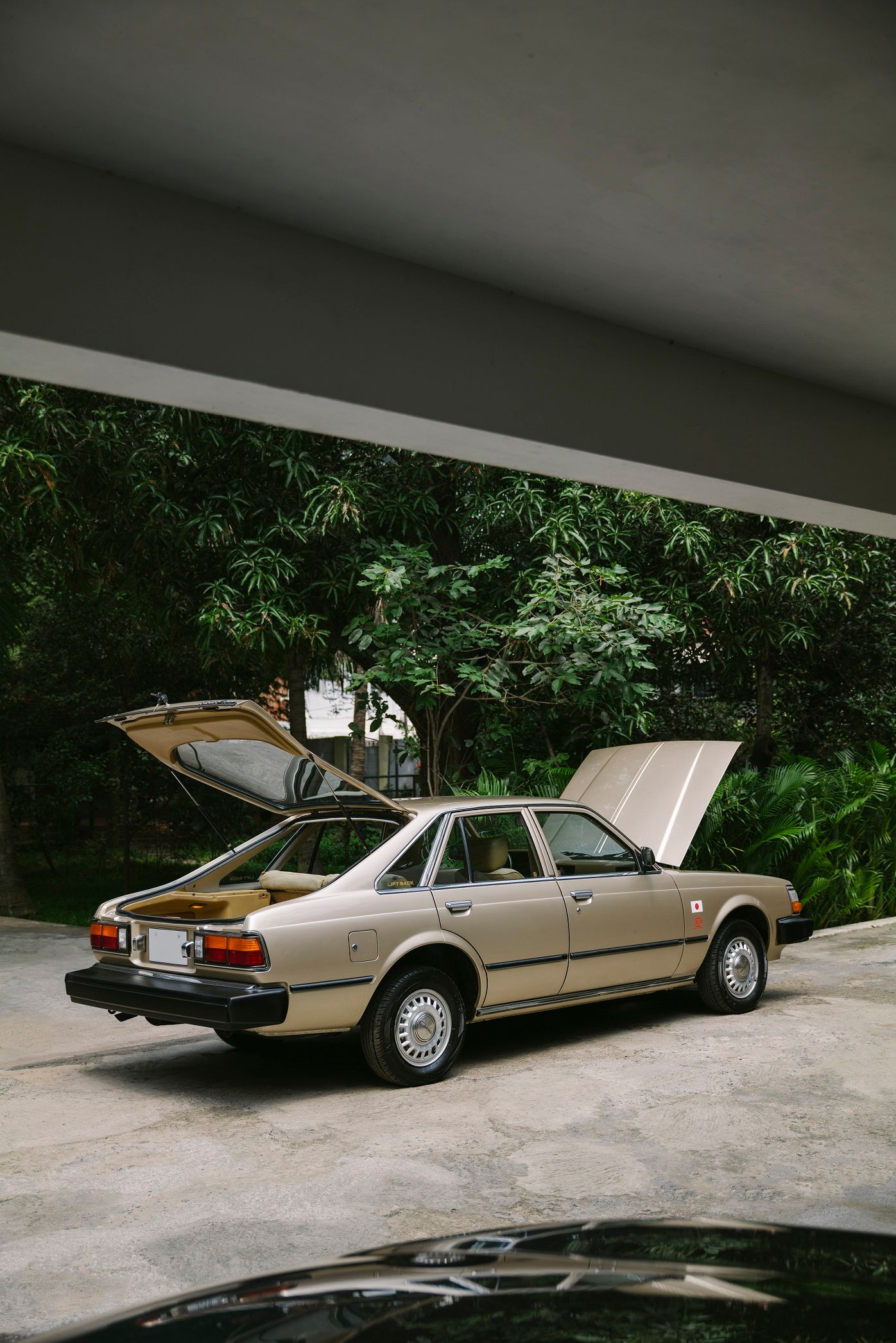
Acquired in 2020, this Corona, featuring the 1.6-litre engine, has covered barely 30,000-odd miles. Also fully restored, this Corona represents the fifth generation (of a total of eleven) of this historically important brand.
Comments
Sign in or become a deRivaz & Ives member to join the conversation.
Just enter your email below to get a log in link.
